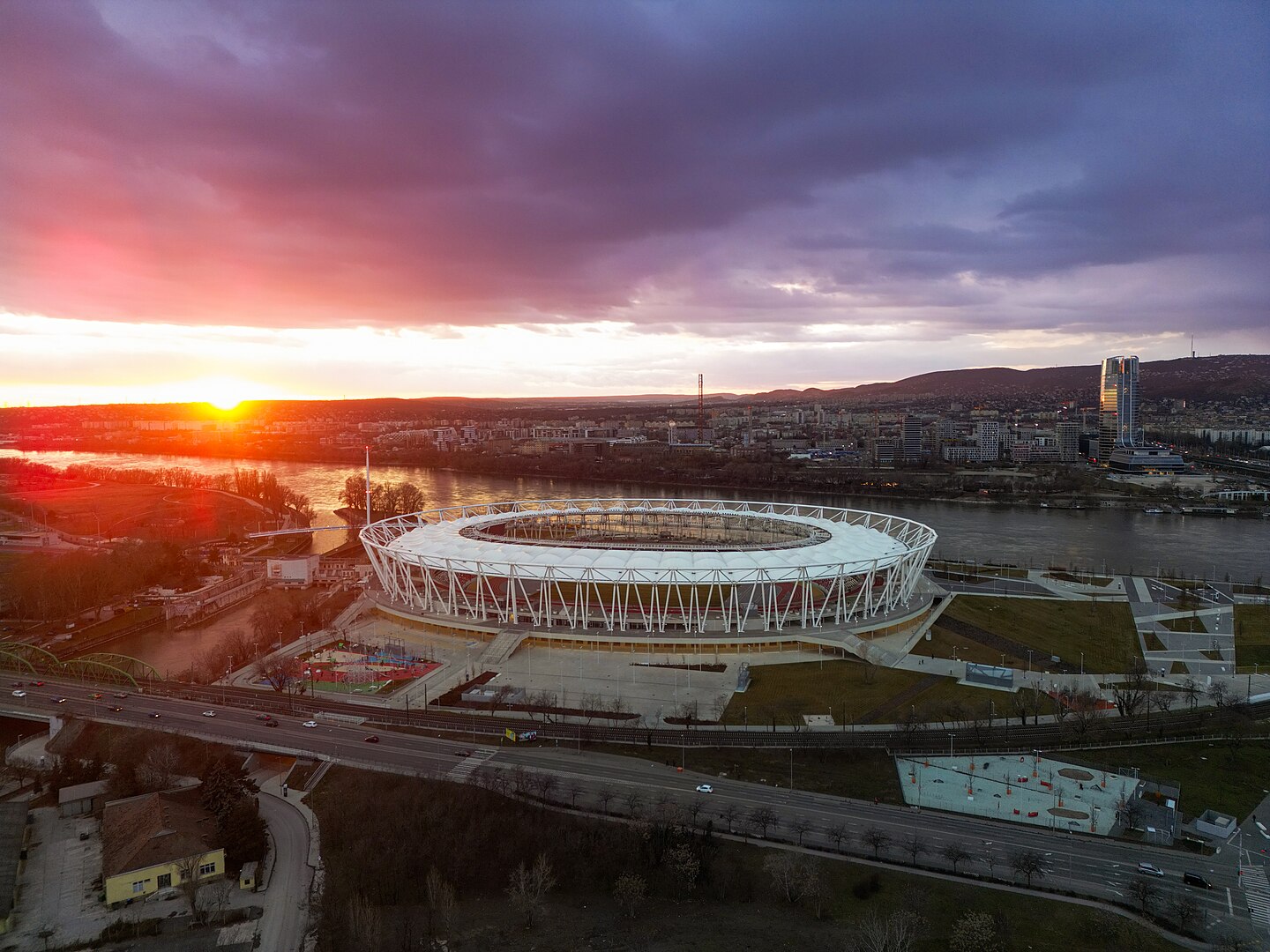
The Budapest stadium served as the venue of the 2023 World Athletics Championships.Continue reading

The Hungarian pavilion at the 19th Venice Architecture Biennale has opened its exhibition titled “Nothing to see here.” The exhibition spotlights thirteen stories of human creativity, human knowledge, and ingenuity, said Máté Vincze, Deputy State Secretary for Public Collections and Cultural Development, at the opening ceremony on Thursday.
When the exhibiting thirteen architects enrolled at the university, they were convinced that their fulfillment would be a fantastic profession that would build an eternity through the path of their architect predecessors. “It turned out differently, and they lived out their talents in different creative ways, and you can see in the exhibition that those have become the same or even more enduring creations,” Máté Vincze stressed.
Modern art always aims to ask questions and provoke, to put our own times in a slightly different light. In this respect, the Ludwig Museum staff and curator have done a fantastic job again this year,”
said the State Secretary.
Julia Fabényi, Director of the Ludwig Museum and National Commissioner of the Hungarian Pavilion at the Venice Biennale, said that the curator, Márton Pintér, leads the audience into an enigmatic building, where there are a million things to see. These are not buildings but hidden messages, non-architectural inventions of architects that have made their creators world famous.
“The creative power of architectural knowledge has begun to be measured in kilos,” said Pintér, adding that the show celebrates architectural knowledge rather than architecture. “We liberate architectural knowledge from the constraints of realization,” he underlined.
The Venice Architecture Biennale, open from May 10, will be entitled “Intelligens. Natural. Artificial. Collective.”, and its main theme is intelligence.
The Hungarian exhibition is a reflection of the Biennale’s curator-in-chief Carlo Ratti’s proclamation that architects must mobilize all the intelligence around us to face today’s “world on fire.”
The pavilion will address a specific but global phenomenon: the question of career abandonment and the consequent successful career reorientation.

Photo: MTI/Bodnár Boglárka
Curator Pintér and his team of young architects will present thirteen Hungarian success stories, showcasing the work of renowned architects who have succeeded outside their chosen profession and continue to do so today. They include inventors, scientists, musicians, public figures, cultural and media professionals, and academics, such as Ernő Rubik, one of the three founding members of the band Kaláka, and the founder of Prezi. What they all have in common is that they started their careers as architects, but eventually exported their knowledge to related fields or to other fields altogether.
The project not only presents success stories but also focuses on the architects of the future: all participants in the catalogue have provided advice and guidance for aspiring architects, while the project team has asked architecture students at universities in Hungary for their views on the main themes related to each success story.
The Venice exhibition evokes a once prestigious, now abandoned architectural practice where architects tend to work on their success projects outside the profession. The Hungarian pavilion offers fresh perspectives and alternatives for newcomers, career leavers and career finders alike, and proves that the development of talent based on architectural knowledge is much needed in an increasingly challenging world, said the statement issued after the opening.
Via MTI, Featured image: MTI/Bodnár Boglárka